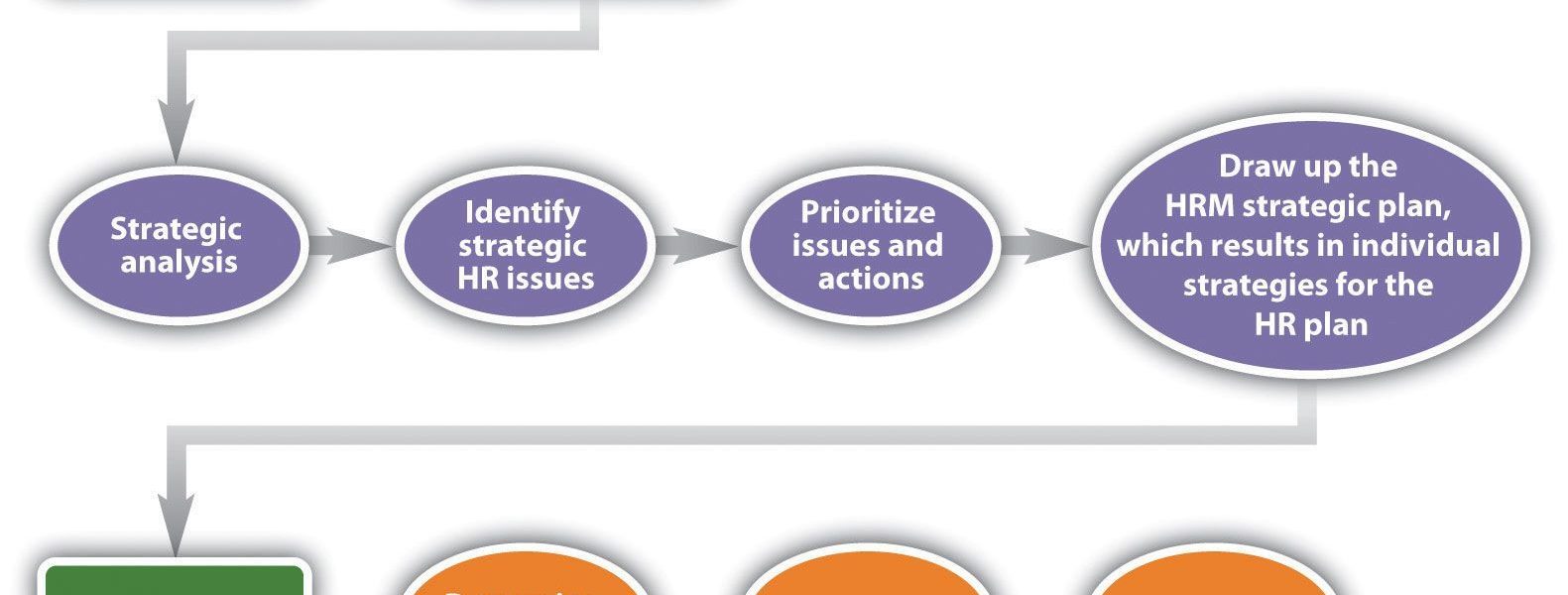
Strategic HR Planning for Business Success
In today’s rapidly evolving tech landscape, human resources play a crucial role in determining the success of a business. Strategic HR planning is essential to align an organization’s workforce with its goals and objectives. By identifying talent gaps, developing a talent pipeline, and fostering a culture of continuous learning and development, companies can ensure they have the right people with the right skills at the right time, driving innovation and growth.
Understanding Strategic HR Planning
Strategic HR planning involves aligning human resources initiatives with an organization’s overall business strategy. It entails analyzing the present workforce, forecasting future workforce needs, and developing strategies to acquire, develop, and retain talent.
Benefits of Strategic HR Planning
1. Anticipating Talent Needs: By forecasting skills and talent requirements, strategic HR planning enables organizations to proactively address talent gaps and mitigate potential disruptions.
2. Attracting Top Talent: An effective HR strategy helps create an employer brand that appeals to high-performing individuals, attracting the best talent in the tech industry.
3. Enhancing Employee Retention: With strategic HR planning, companies can provide opportunities for professional growth and career advancement, fostering employee loyalty and reducing turnover rates.
Implementing Strategic HR Planning
1. Workforce Analysis
Conduct a comprehensive analysis of the current workforce, including skill sets, performance, and potential. Identifying areas of strength and areas for improvement is crucial for effective HR planning.
2. Future Workforce Needs
Consider the organization’s long-term strategic objectives and determine what skills and competencies will be required to achieve those goals. Predicting future talent needs ensures a proactive approach in acquiring and developing the right resources.
3. Identify Talent Gaps
Compare the current workforce with the future workforce requirements. Identify areas where there are skill gaps or shortages in the organization. This will help in developing targeted training programs and recruitment strategies to address those gaps.
4. Develop a Talent Pipeline
To meet future talent needs, it is essential to develop a talent pipeline that attracts and retains high-potential candidates. Investing in leadership development programs and succession planning ensures a steady flow of skilled individuals ready to assume critical roles.
5. Foster a Continuous Learning Culture
In the rapidly changing tech industry, continuous learning and development are vital. Encourage employees to upgrade their skills through training programs, certifications, and other learning opportunities. This fosters innovation and maintains a competitive edge.
Conclusion
Strategic HR planning is a critical component of business success in the tech industry. By aligning the workforce with organizational goals, anticipating talent needs, and fostering a culture of continuous learning, companies can stay ahead in the dynamic technology landscape. Investing in strategic HR planning cultivates a talented workforce, drives innovation, and ensures long-term success.



